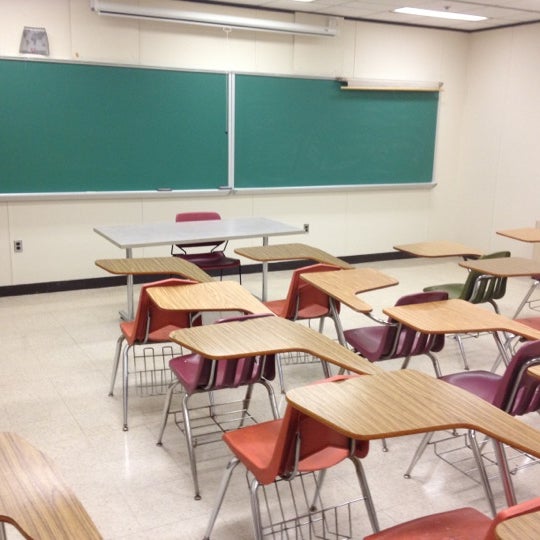Athletes from around the world call this village home during the Olympics. The Olympic village was constructed according to the WELL Building Standard, a new standard that has become popular in residential construction, which emphasizes a people-oriented approach. The standard covers ten systems: air, water, nutrition, light, fitness, thermal comfort, materials, mental wellness and community.
The Olympic village includes a communal building designed by Tokyo studio Nikken Sekkei, with cafes, banks, medical spaces, lounges and hair salons. The building is made of timber and can be transformed into student and low-cost housing after the Games. Plaques in each East Village building foyer list the athletes who stayed there: Britain, France and Germany in Calla House and Kotata House; Italy and Russia in Emperor House; Japan in Applegate House; Armenia, Greece and Ukraine in Frye House and Carina House; and Korea in Galena House.
In the kitchens, architects have used different colors and textures to contrast each other. Yellow Cloud Studio chose chunky black terrazzo for the island and splashback in this apartment, while MDDM studio used teal cabinets and a concrete floor in this Beijing apartment. Simple birch plywood furniture and a concrete floor were the choice for this cabin on a rocky outcrop in Norway.
Eggersmann supplied 863 kitchens and 2000 bath vanities for the Olympic Village. Their design uses modern European styling to create an accessible and beautiful space that is functional for all. Working alongside Case Managers, Architects and Personal Injury Solicitors they deliver bespoke accessible kitchens that are unique to each client. kitchen design Olympic village
